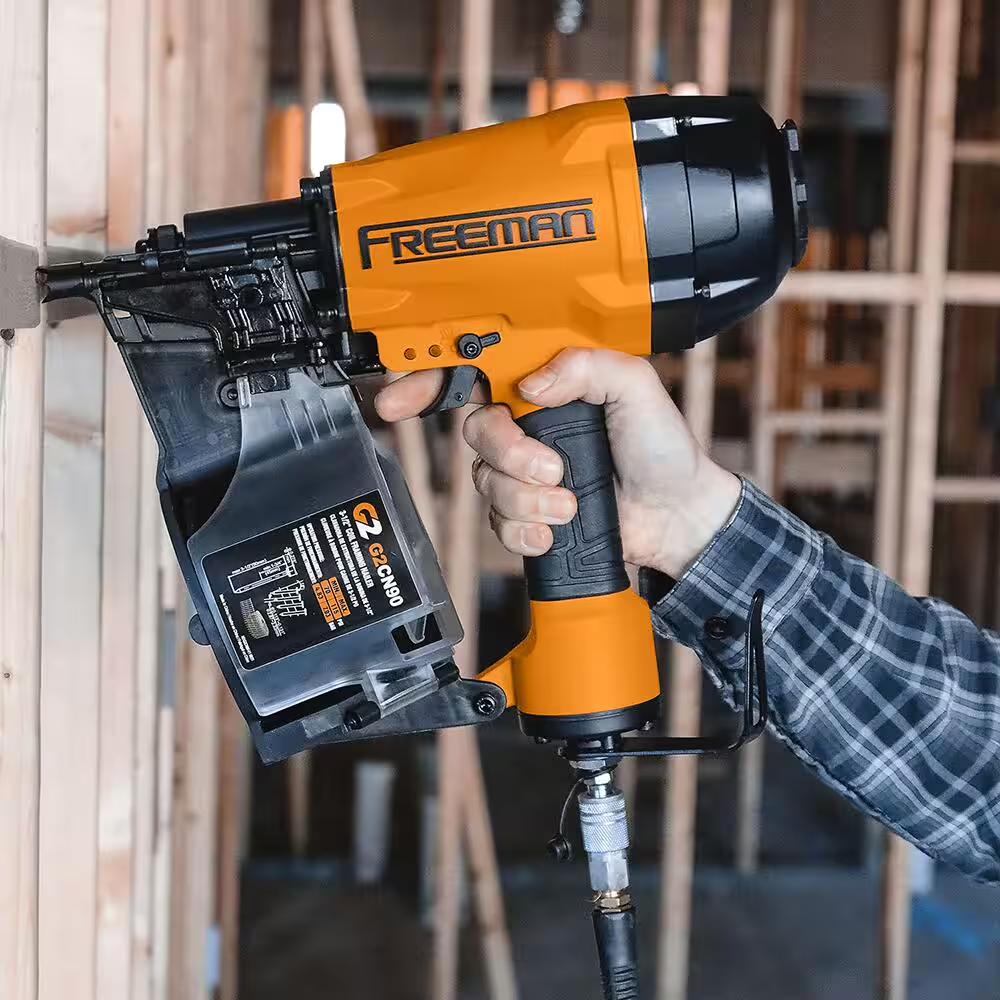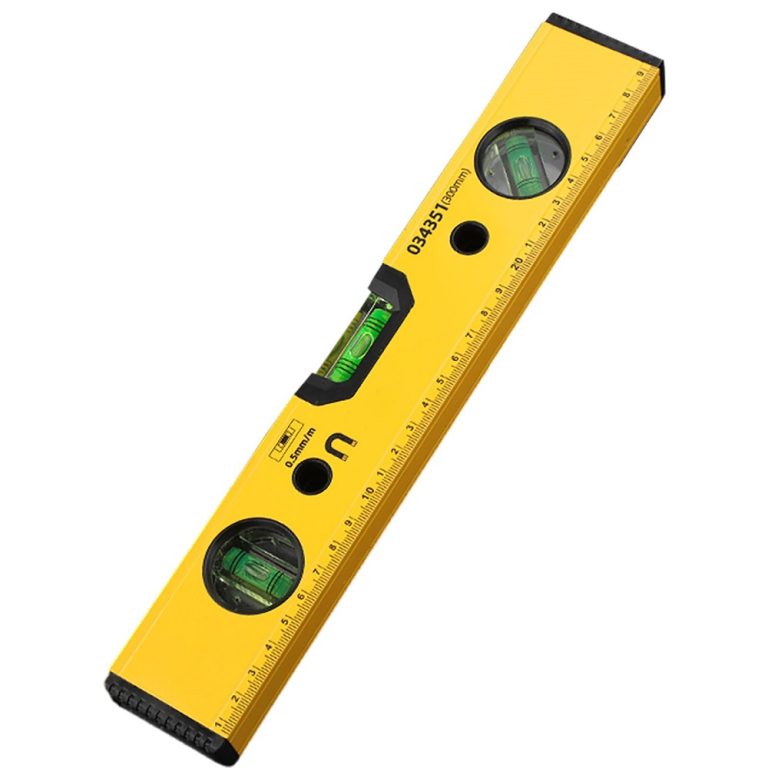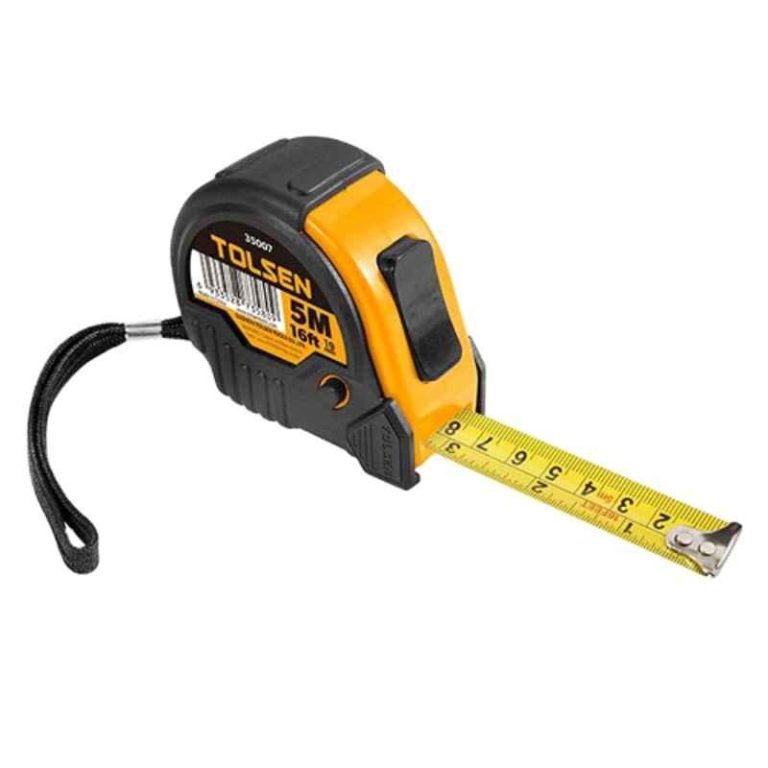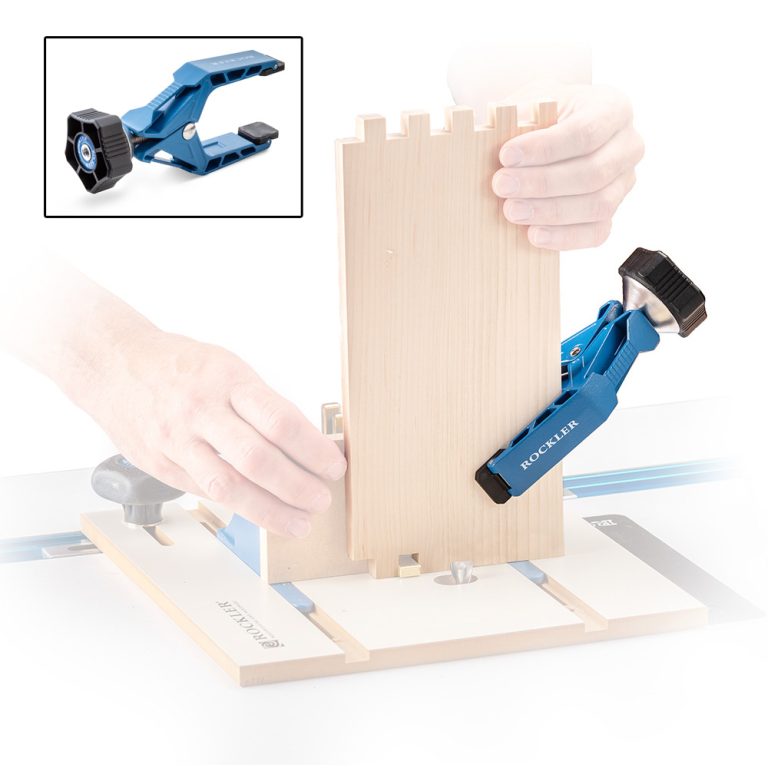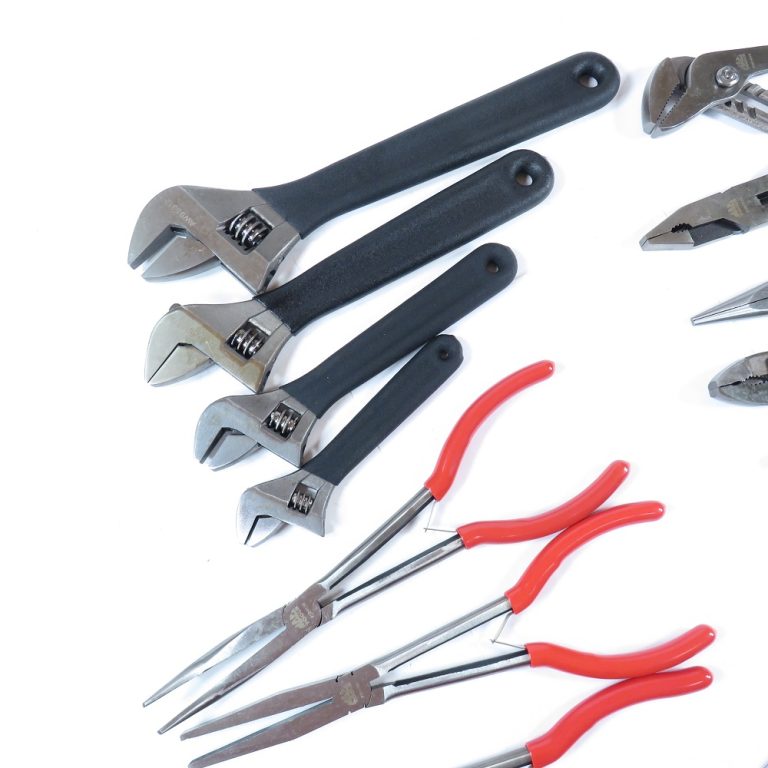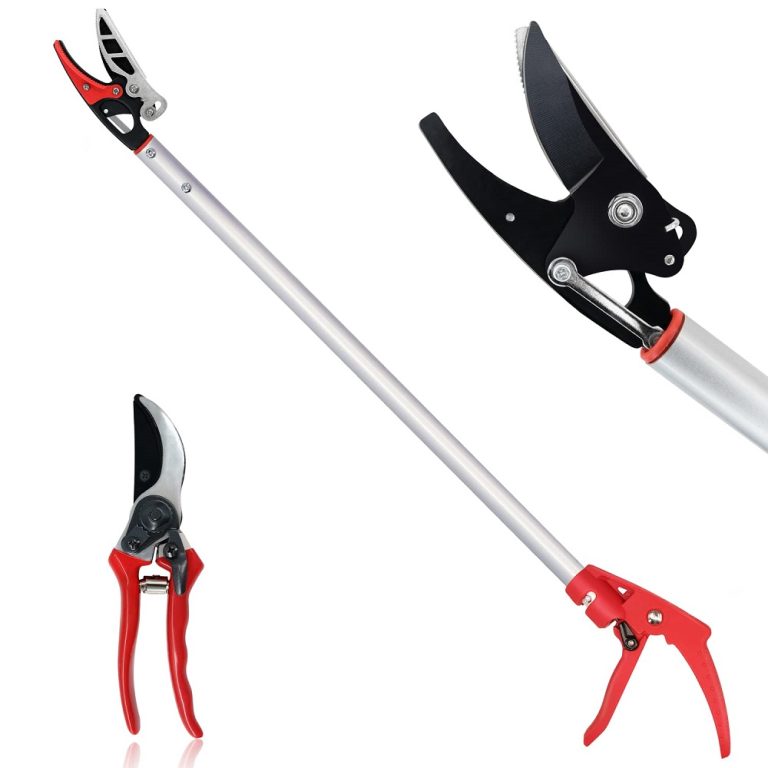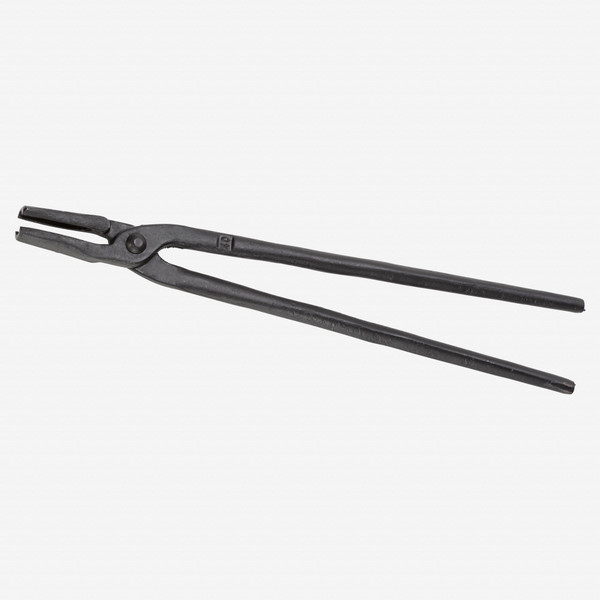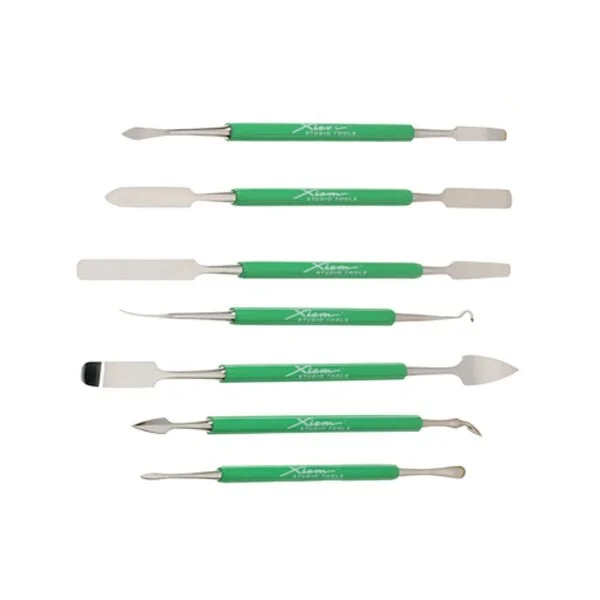Introduction to Air Tools
Air tools, also known as pneumatic tools, are powered by compressed air or gas. They are common in workshops, construction sites, and DIY home projects. These tools offer unmatched power and precision for various tasks.
What Are Air Tools?
Air tools are devices that use compressed air for operation. They include tools like air drills, impact wrenches, and nail guns. Unlike electric tools, they rely on air rather than electricity for power. They are connected to an air compressor via a hose. This setup reduces the need for internal motors, making them lighter and easier to handle.
Benefits of Using Air Tools
Air tools are faster and more versatile compared to electric tools. They deliver higher torque for demanding tasks. Their lightweight build reduces user fatigue during extended use. They are also safer due to minimal risk of overheating. Maintenance is simpler, as they have fewer moving parts than electric tools. Additionally, air tools often have a longer lifespan when properly cared for.

Must-Have Air Tools for DIYers and Professionals
Air tools are versatile and indispensable for various tasks. Here are some essential air tools that both beginners and professionals should consider adding to their toolkit.
Air Impact Wrenches
Air impact wrenches are powerful tools designed for loosening and tightening bolts quickly. They deliver high torque, making them perfect for automotive repairs and heavy-duty tasks. These wrenches are commonly used in tire replacements and mechanical work. Their efficiency saves you time and effort compared to manual tools.
Air Ratchet Wrenches
Air ratchet wrenches are excellent for fastening bolts in tight spaces. They provide better accessibility, especially in automotive repairs or engine work. With moderate torque capacity, they allow faster assembling and disassembling of parts. They work great for light and medium-duty applications.
Pneumatic Nail Guns
Pneumatic nail guns shoot nails with precision and speed, making them ideal for construction and carpentry projects. They are frequently used for framing, roofing, and trim work. These tools increase your productivity by eliminating the manual effort needed for hammering nails.
Air Sanders
Air sanders are essential for polishing, smoothing, and surface preparation. They work efficiently on wood, metal, and even fiberglass. These sanders are useful for furniture restoration, automotive refinishing, and DIY crafts. Their lightweight design minimizes fatigue during long projects.
Air Sprayers
Air sprayers provide smooth and even application of paints and coatings. They are used for home renovations, auto body painting, and furniture refinishing. They ensure a professional-quality finish that brushes and rollers can’t achieve. Their versatility makes them suitable for various materials, including wood, metal, and plastic.
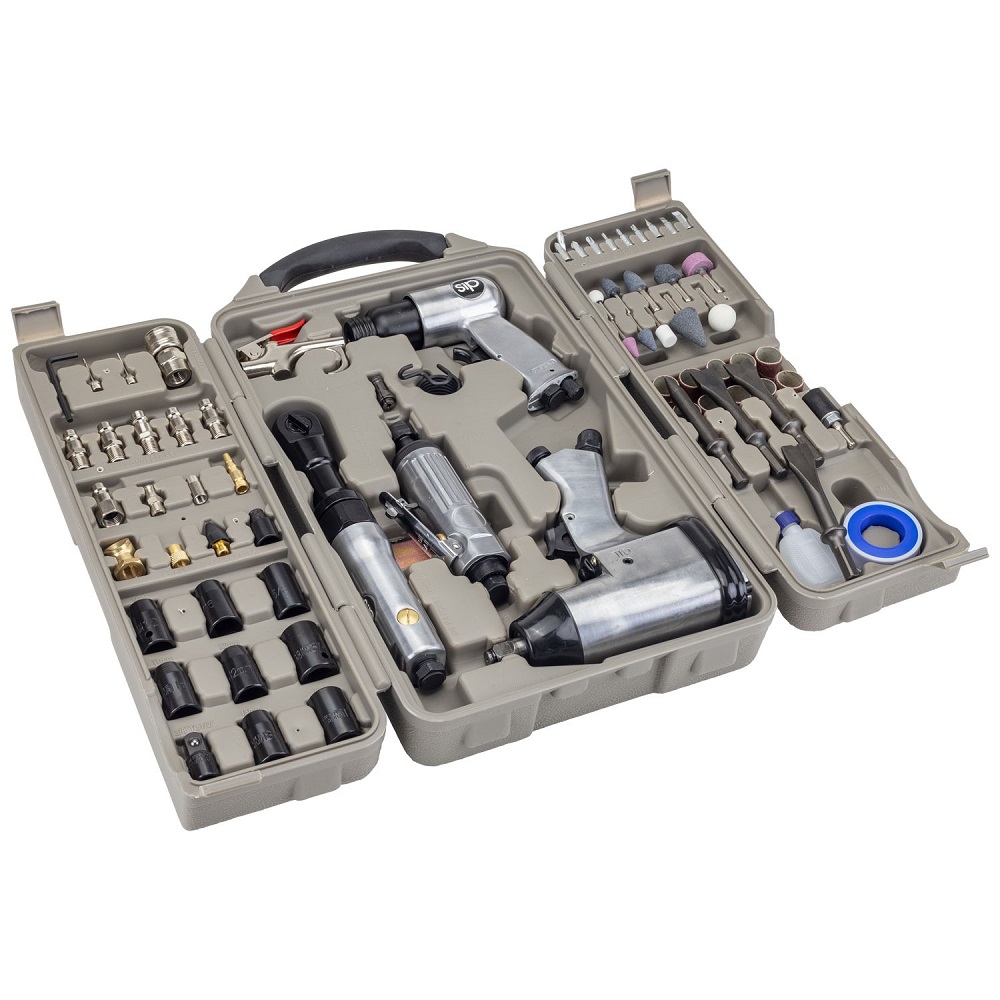
How to Choose the Right Air Tools for Your Needs
Choosing the right air tools ensures efficiency and enhances the quality of your projects. Understanding your specific needs will help you make the best choices. Consider key factors and project requirements before investing in air tools.
Factors to Consider When Selecting Air Tools
- Purpose of Use: Identify the tasks you’ll perform. Different tools excel in different applications.
- For heavy-duty tasks, opt for tools like air impact wrenches.
- Choose air sprayers or sanders for finishing or painting tasks.
- Air Compressor Compatibility: Ensure your tools match the air compressor’s pressure and capacity.
- Check the PSI (pounds per square inch) and CFM (cubic feet per minute) ratings.
- Proper compatibility maximizes tool performance and prevents damage.
- Build Quality and Durability: Invest in tools made from high-quality materials for longer lifespan.
- Look for corrosion-resistant and sturdy components for frequent use.
- Ergonomic Design: Prioritize tools with comfortable grips and lightweight designs.
- Reduces fatigue during prolonged tasks and enhances overall productivity.
- Budget and Long-Term Value: Balance cost with durability and functionality.
- Sometimes, higher upfront investment saves money through reduced maintenance and longer usability.
Matching Tools to Specific Projects
- Home Renovations and Repairs:
- Use air sprayers for painting walls or furniture.
- An air nail gun is perfect for framing or installing trims.
- Automotive Repairs:
- Air impact wrenches help with tire removal and tightening bolts.
- Air ratchet wrenches are excellent for engine repairs in confined spaces.
- Woodworking and Crafting:
- Pneumatic nail guns speed up assembly tasks in carpentry.
- Air sanders create a smooth finish on wood or fiberglass surfaces.
Choosing air tools wisely ensures you can handle projects efficiently and with professional results.
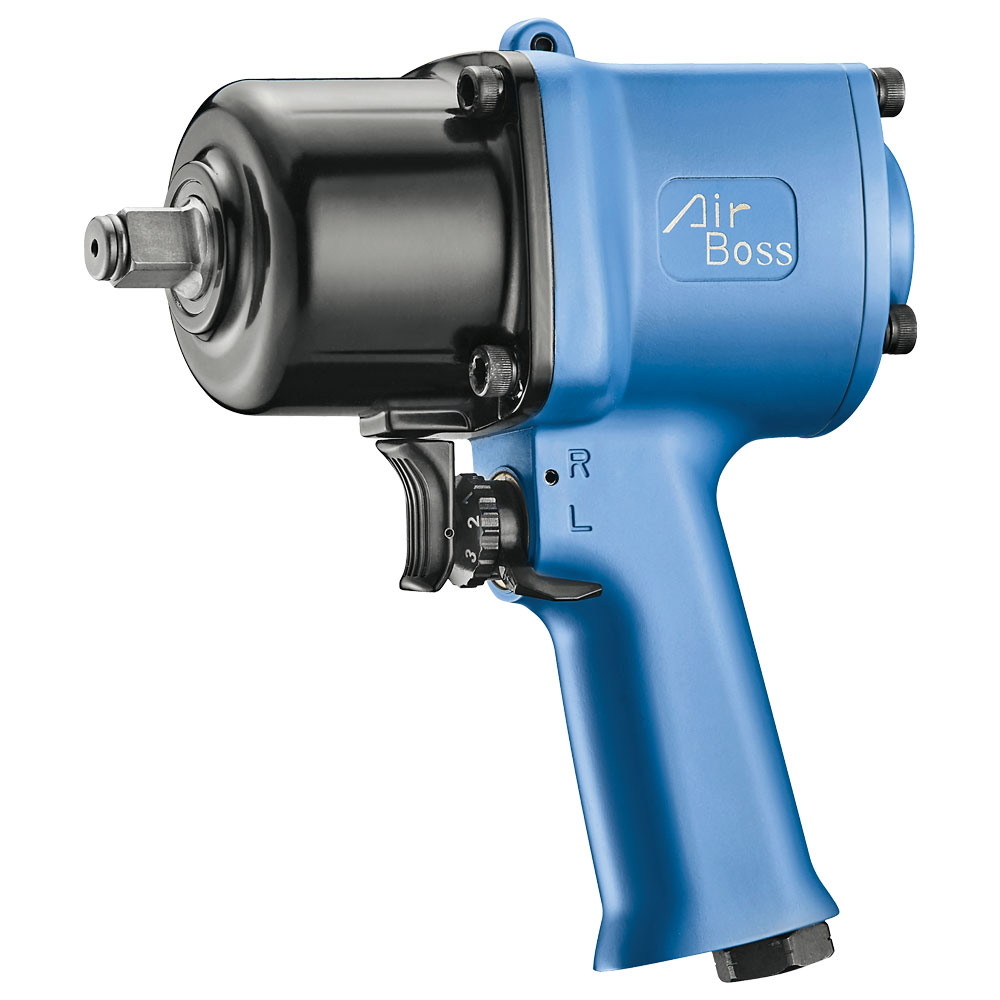
Maintenance Tips for Air Tool
Air tools require regular care to maintain their performance and longevity. Proper maintenance ensures efficiency and reduces the risk of breakdowns.
Cleaning and Lubrication
- Clean After Each Use: Remove dust, dirt, and debris from all tool surfaces. This prevents clogs and ensures smooth operation.
- Use a clean cloth or a compressed air nozzle for cleaning.
- Lubricate Moving Parts: Apply pneumatic tool oil to all moving parts. Lubrication reduces friction and wear.
- Add a few drops of oil into the air inlet before each use.
- Follow the manufacturer’s recommendations for oil type and frequency.
- Inspect Regularly: Check for signs of wear or damage. Replace worn-out parts promptly to avoid tool failure.
- Examine hoses, connectors, and seals for leaks or cracks.
- Drain Moisture from Compressor: Remove moisture from the air compressor tank to prevent rust and contamination.
- Perform this step daily for intensive tool usage.
Proper Storage Practices
- Store in a Dry Place: Keep your air tools in a clean, dry environment to avoid rust and corrosion.
- Use toolboxes or storage cabinets with moisture-absorbing packets.
- Secure Tools Properly: Place tools in their storage containers or racks to prevent accidental damage.
- Avoid stacking heavy items over air tools.
- Disconnect Air Supply: Always unplug tools from the air compressor when not in use. This prevents accidental activation.
- Release air pressure from the hose to avoid damage.
- Organize Accessories: Keep all hoses, fittings, and additional parts organized and free from tangles.
- Label or color-code accessories for easier identification.
Consistent care and attention extend the lifespan and efficiency of your air tools.
Common Projects That Benefit from Air Tool
Air tools are incredibly versatile and enhance efficiency in everyday tasks. From home improvements to professional repairs, they simplify work and provide precise results. Here are some common projects where air tools prove essential.
Home Renovations
Air tools can make home improvement projects faster and easier. Air sprayers offer a flawless finish for painting walls, cabinets, or furniture. Pneumatic nail guns are perfect for installing trims, molding, or framing structures. These tools save you time compared to manual methods and deliver professional-grade outcomes. For sanding surfaces or preparing walls, air sanders provide smooth results with minimal effort.
Automotive Repairs
Air tools are indispensable for vehicle maintenance and repair tasks. Air impact wrenches make tire changes quick by loosening or tightening bolts effortlessly. These tools are powerful and reduce the strain of handling stubborn bolts or components. Their efficiency ensures every automotive repair task is completed swiftly and accurately.
Furniture and Woodworking Projects
Air tools are excellent for crafting and restoring furniture. Pneumatic nail guns allow fast assembly of wooden joints and frameworks. Air sanders create even, smooth finishes on wood, fiberglass, or metal surfaces. Whether you’re restoring vintage furniture or crafting a new piece, air tools improve the precision and quality of finishes. Air sprayers are also great for adding a professional paint or varnish coating.
Air tools streamline tasks and ensure superior results across various projects. Their lightweight designs and reliability make them a favorite among professionals and DIY enthusiasts.
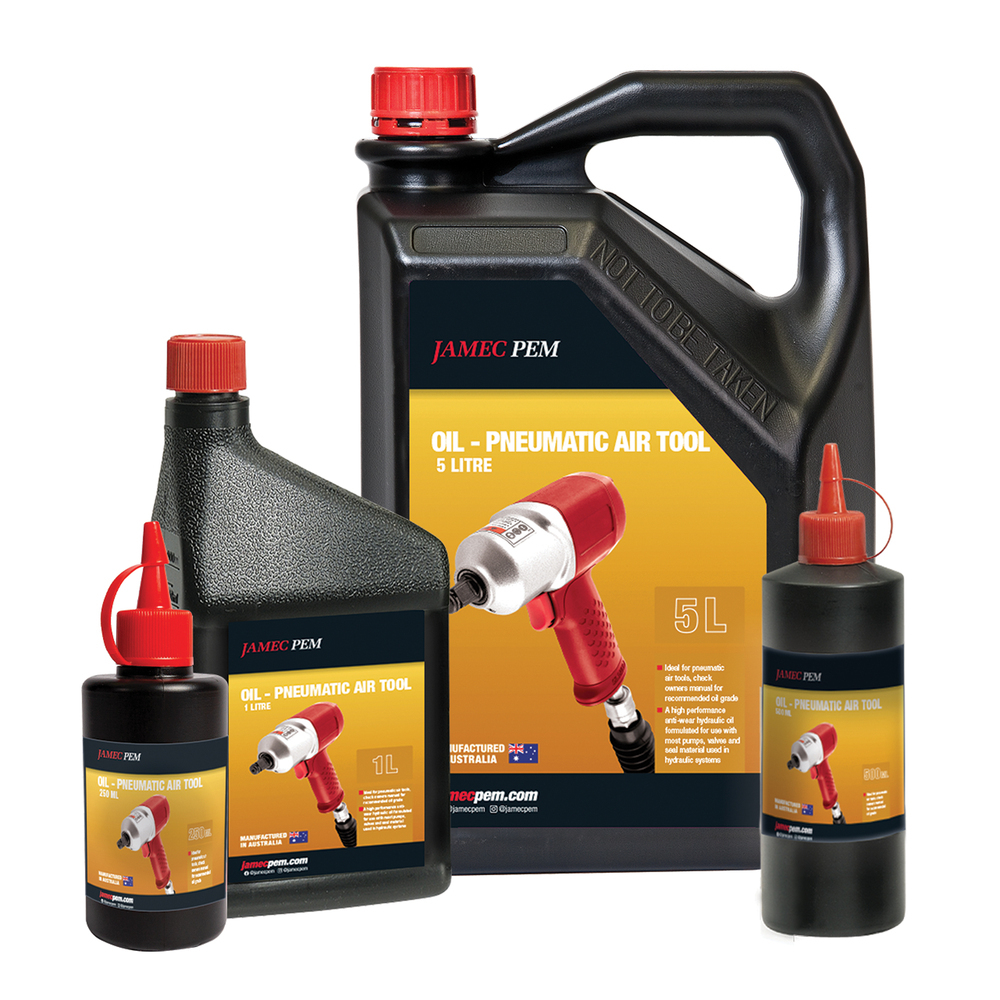
Safety Tips When Using Air Tool
Air tools are powerful and efficient but must be used safely to prevent accidents. Proper precautions ensure user protection and prolong tool life. Following safety guidelines is essential for every project.
Protective Gear and Safety Equipment
- Wear Safety Glasses: Protect your eyes from flying debris, dust, and tool malfunctions.
- Always use impact-resistant glasses for added security.
- Use Hearing Protection: Many air tools produce loud noises that can damage hearing.
- Opt for earplugs or noise-canceling earmuffs while operating tools.
- Gloves for Hand Protection: Gloves reduce the risk of cuts and bruises during use.
- Choose durable, non-slip gloves for better grip and control.
- Appropriate Clothing: Wear fitted clothing to prevent material from catching on moving parts.
- Avoid loose garments or accessories near active tools.
- Dust Masks and Respirators: Use masks to avoid inhaling harmful particles, especially with sanders or sprayers.
- Ensure the mask fits snugly for effective filtration.
Avoiding Common Mistakes
- Inspect Tools Before Use: Always check for signs of damage or wear before operating.
- Replace faulty components immediately to prevent accidents.
- Secure Connections: Ensure all hoses and fittings are tightly connected.
- Loose connections can lead to air leaks or tool malfunctions.
- Follow Manufacturer Instructions: Read tool manuals for proper usage guidelines.
- Incorrect handling may reduce efficiency or cause harm.
- Avoid Overloading Air Compressors: Match tools to the compressor’s PSI and CFM ratings.
- Overloading can damage both the tool and the compressor.
- Turn Off Tools When Not In Use: Disconnect tools from the air supply after finishing.
- This prevents accidental activation and extends tool life.
- Work in a Clean Environment: Clear the workspace of clutter to avoid tripping or hazards.
- Organized areas improve focus and ease tool use.
Safety is vital when using air tools. Careful adherence to these tips will keep your projects secure and efficient.
Where to Purchase High-Quality Air Tool
Finding reliable air tools requires shopping at trusted sources. Below are key places to consider.
Trusted Online Retailers
- Wide Range of Options: Online retailers offer numerous brands and air tool types.
- They stock items like impact wrenches, nail guns, and air compressors.
- Convenience: Buying online saves time and lets you compare prices and features easily.
- Detailed product descriptions and user reviews assist in making informed choices.
- Promotions and Discounts: Many websites provide deals, free shipping, or bulk purchase discounts.
- Examples include seasonal sales or first-time buyer offers.
- Reputable Platforms: Shop from reliable websites like large e-commerce marketplaces or specialized tool stores.
- Ensure the website has secure payment options and clear return policies.
Local Hardware Stores
- Hands-On Experience: Visit local hardware shops to physically inspect and test air tools.
- Demo equipment helps assess tool comfort and functionality.
- Expert Advice: Staff often have extensive knowledge to guide you based on your needs.
- They can recommend the best tool for a project or compressor compatibility.
- Immediate Availability: Hardware stores let you take home tools the same day.
- No waiting for shipping or risk of delivery delays.
- Support Local Businesses: Buying from nearby stores supports your local economy.
- Some shops also provide warranties and servicing options.
Choose a purchasing option that aligns with your convenience, preferences, and project needs. Combining online and local store options can ensure the best results.
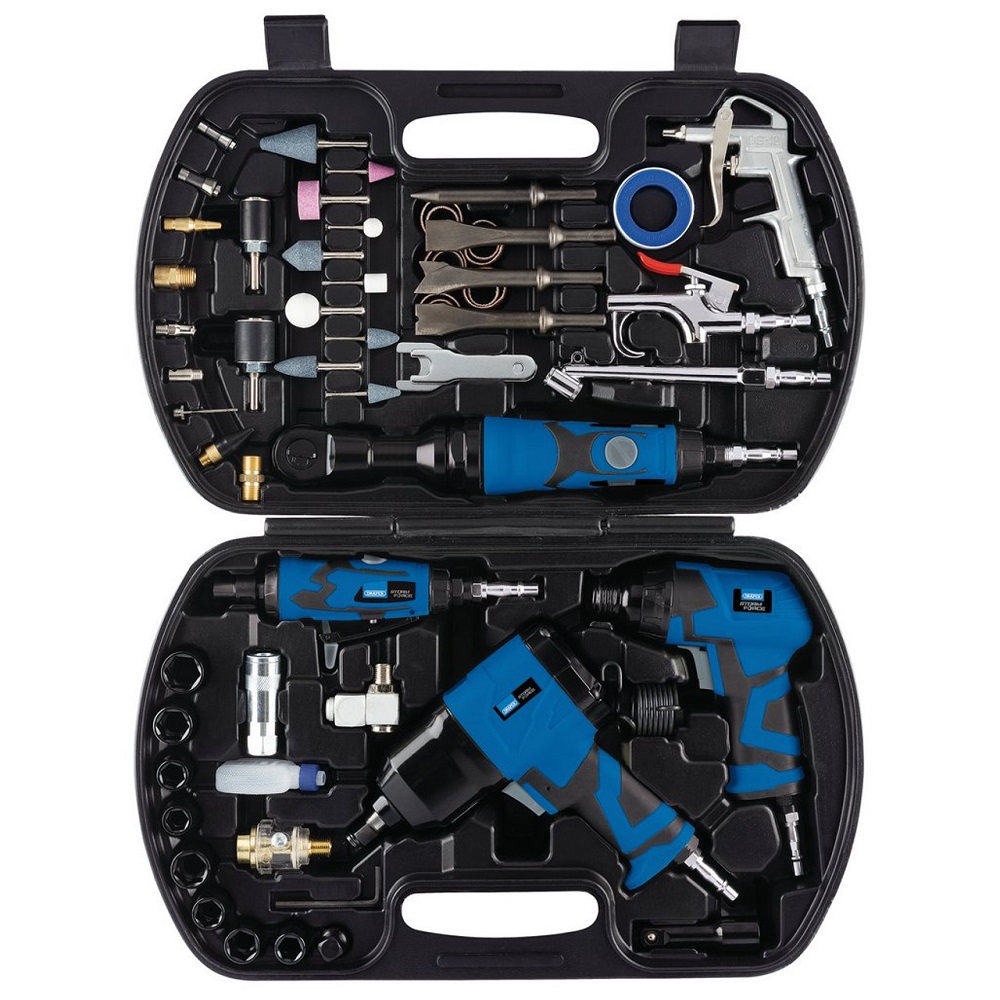
Expanding Your Tool Collection
Gradually Adding Tools
As you become more comfortable with air tools and your blacksmithing skills improve, it’s natural to want to expand your collection. Start with the essentials and gradually add specialized tools based on the projects you plan to undertake. For example, if you find that you are frequently working with different types of metals, a versatile plasma cutter could be a valuable addition. Alternatively, if you enjoy decorative work, incorporating pneumatic chisels or hammers can enhance your capability to create intricate designs. Building your tool collection thoughtfully allows you to grow your skills progressively without feeling overwhelmed by options.
Evaluating Used Tools
When expanding your tool arsenal, consider exploring used air tools to save money. Many experienced blacksmiths and craftsmen sell their tools when upgrading or downsizing. Purchasing used tools can be cost-effective, but it is essential to evaluate them carefully before buying. Inspect for signs of wear, potential damage, and ensure that they still function correctly. Buying from reputable sources or individuals with positive reviews can provide peace of mind. Adding quality second-hand tools can be a great way to enhance your workshop without exceeding your budget.
Conclusion
Summary of Air Tool Essentials
Air tools provide unmatched efficiency, power, and precision for various professional and DIY projects. With options ranging from impact wrenches to nail guns, these versatile tools simplify tasks and improve results. Proper care, including cleaning and lubrication, ensures their longevity. Choosing tools based on your specific needs and air compressor compatibility enhances their performance. Always prioritize safety by using protective gear and following guidelines. Reliable sellers, both online and local, offer high-quality air tools for any budget. Investing in these tools equips you to tackle projects efficiently and with professional-grade outcomes.
